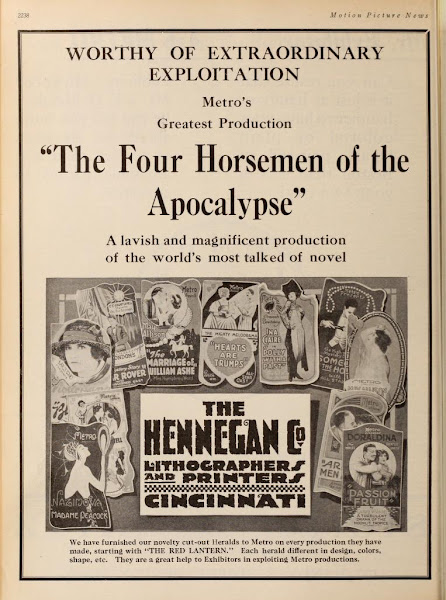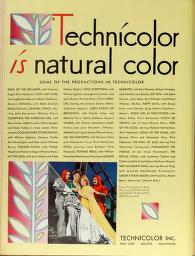Prior to having directed Lon Chaney in the twelve reel silent film “The Hunchback of Notre Dame, Wallace Worsely had been behind the camera for the films “The Penalty” (1920” and “The Ace of Hearts” (1921), both films having feature the Man of a Thousand Faces.
Moving Picture World magazine during 1924 deemed "The Hunchback Of Notre Dame" to be a "spectacle drama". Film Daily included the Cathedral in a photolayout espousing "The Value of Large Sets" during 1926, claiming that Universal had reproduced 20 blocks of medieval France while making the film.
Author Mark A Vieira, in Silent Protypes, a chapter in his volume Hollywood Horror, christens "The Hunchback of Notre Dame" as the "Birth of the Monster", the first film made in the genre. Suprisingly, Vieira follows Lon Chaney to the newly formed merger of Metro-Goldwyn-Mayer and Irving Thalberg. Lon Chaney had starred with John Gilbert and Norma Shearer in the first feature made at M.G.M directed by Victor Seastrom, formerly known in Sweden as Victor Sjostrom. While author Robert Anderson, in his 1971 volume Faces, Forms, Films, the artistry of Lon Chaney, claims that "in most of the Browning-Chaney films the plot evolved from the characterization", author Mark A.Vieira also gives Chaney credit for creating a new and original character with each new manifestation of make-up; each new character is automatically placed in an entirely different narrative based on Chaney's physical appearance. Vieira follows Chaney back to Universal and The Phantom of the Opera (Rupert Julian, 1925).
Interestingly, Journalist Tom Wilson, in the Allegheny City Society Reporter Dispatch. intimates that silent film director Lois Weber while at Universal had been a "script doctor" on the film "The Hunchback od Notre Dame", the photoplay having been adapted from the novel by Edward Lowe and Perley Poore Sheehan. Lowe, previously a revising editor ar Essanay, had co-written the photoplay to the film adapation of "Under Two Flags" (Tod Browning,1922).
The novel "The Hunchback of Notre Dame by Victor Hugo had previously been filmed during 1906. Director J. Gordon Edwards adapted the novel to the screen during 1917 in a six reel production titled "The Darling of Paris" for Fox Film Corporation starring actress Theda Bara. The film is presumed lost with no existing copies. The synopsis of "The Darling of Paris" given by the periodical Motography during 1917 prooves the film to be a faithful adaptation of the story of Esmerelda and Quasimodo. It reviewed the performance of Theda Bara in the lost film, "The part taken by Theda Bara in'The Darling of Paris' is one of the most interesting characters she has been called upon to interpret since she has been in the silent drama. It is an unusual one, dominating the story beginning to end. There are but few moments when she is not in the picture, which adds to the importance of the production." The periodical Moving Picture World described the film, "To anyone not familiar with the Hugo romance, the Fox screen version presents a well put together photoplay, rich in picturesque incident, strong character drawing, authentic reproduction of an age long past, dramatic situations in abundence, and a climav of thrilling worth."



Lon Chaney
Lon Chaney































